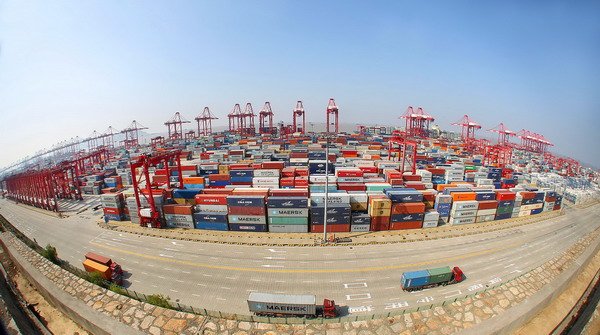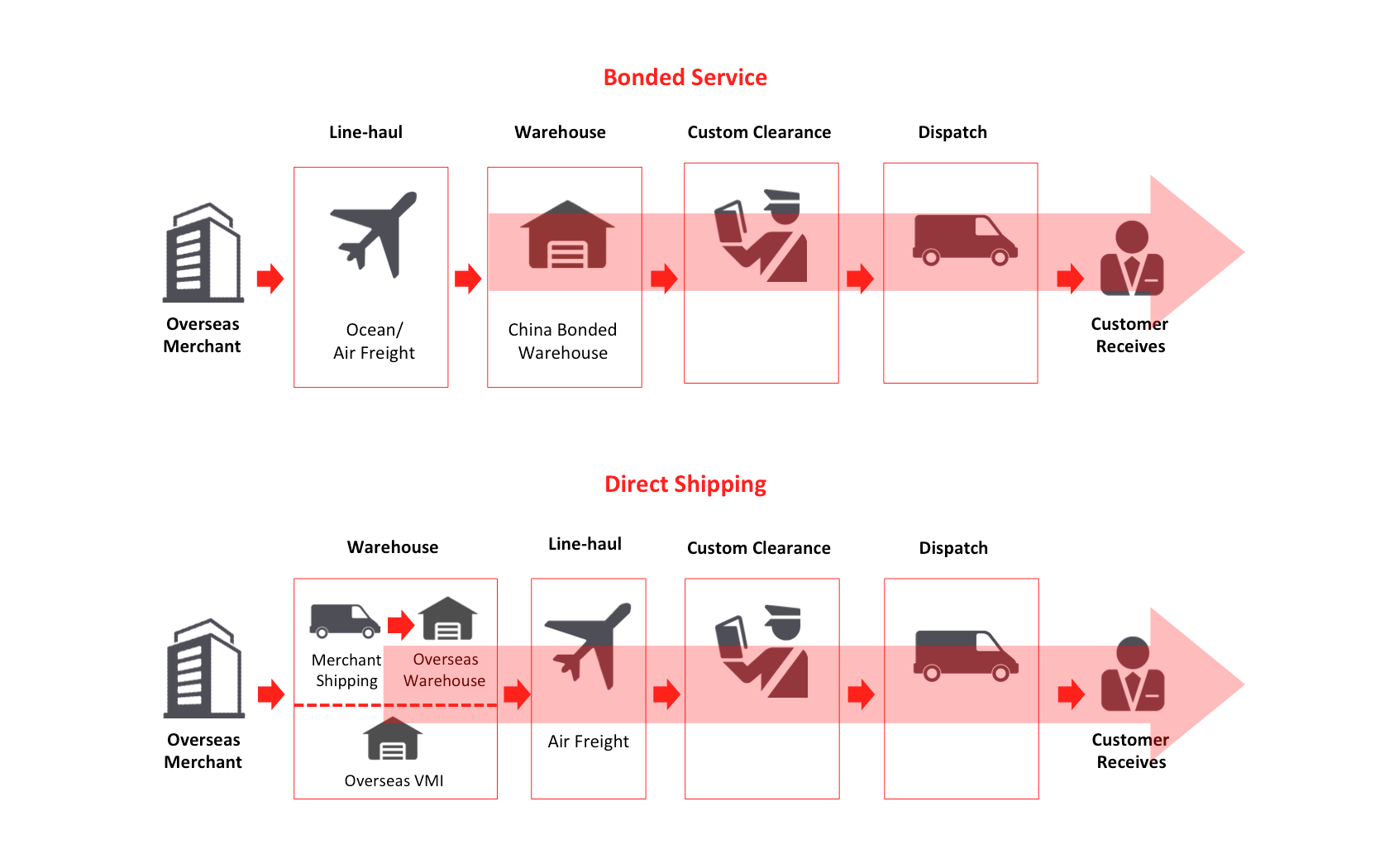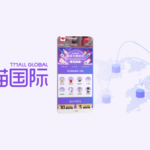Cross border eCommerce has already become a very important retail channel in China market: It is predicted that cross-border eCommerce in China alone will total more than RMB 6.5 trillion in 2016, accounting for roughly 20% of total trade volume.
Figures mentioned above drew up a promising blueprint for foreign merchants; meanwhile a lot of them are not quite sure about the shipping options to China. So what's the must-know thing about exporting to China? How does the cross-border eCommerce model work, especially in terms of logistics?
China Government Gave Green Light on Cross Border eCommerce
China government has been nothing but supportive at boosting cross border eCommerce. Pilot free trade zones (FTZ) are setting up a demonstration area to help improve the services of cross-border eCommerce firms. Around late 2013, the country's first pilot cross-border eCommerce platform was launched in Shanghai. Now, there are other five cities, namely, Ningbo, Hangzhou, Zhengzhou, Guangzhou, and Chongqing, have been approved to conduct B2C import eCommerce.
Cross-border eCommerce has been booming in China. The country plans to set up more cross-border eCommerce pilot zones to attract businesses, create jobs and nurture new business models that will boost foreign trade and stimulate the economy.
Free Trade Zones in Shanghai, China
B2C Online retailer: How Do You Want Your Products Export to China?
Currently, there are about two different models of B2C eCommerce in terms of exporting to China.
Direct Shipping Model
Direct shipping model means shipping directly from your own country whenever there is an order from China. The products ordered will be wrapped in the foreign country, and delivered to the consumers directly. If the quarantine inspection is required, such inspection will take place when the goods arrive at Chinese border. Duty will charged together with the price at the time of ordering.
Through the platform, a foreign company can sell directly to a Chinese customer. It becomes easier for the retailers to oversee the storage process and provide customers with a variety of products. However, it usually takes longer before the customers receive the goods as it involves a relatively more complicated customs clearance procedure. Moreover, the direct shipping will charge more on customers.
Bonded Zone Model
The other popular model is the “bonded warehouse model”.
As a foreign online retailer, you can set up a warehouse within respective bonded zone in China. Your products will then be transported and stored temporarily within the warehouse under the Customs supervision before they are delivered to domestic customers. Whenever you receive an order from China, you can directly ship your goods to the customer from your bonded warehouse.
In this case, since the shipment is from domestic bonded warehouse, speed will be an obvious advantage comparing with “Direct Shipping Model”. All exporters need to determine is whether the quantity of their products sent to China is reasonable, and can be sold within a given period.
Q: What is the bonded zone?
A: A bonded zone is a special trade zone created within domestic areas. It has special arrangements for customs duties, import/export duties and several supervision approaches.
More exactly, when your freight reaches the zone, they are OK to be stored, exhibited and categorized (under the bonded status) without paying duties. It will be imported into China only after paying duties or shipped out of China without paying duties.
What About the Tax, Though?
Chinese customers used to pay “parcel tax” when conducting cross border eCommerce, which is much lower than the normal custom duties (i.e., import tariffs, value-added tax and consumption tax if applicable). But starting April 8th, Chinese consumers will have to pay new taxes: retail goods will be charged in the same way as any other imported goods.
The tax rate is indeed higher compared to what it used to be, but it won't affect consumers too much, since the price is still competitive. Meanwhile, new tax policy will offer cross-border businesses as well as traditional retailers a more fair competition mechanism.
In The End... Which Model Should I Choose?
There is no "better model". Different model will be suitable for different product you're selling, different type of business and other issues. Above all, the logistics model you will use should depend on the way you run your business.
Read "China Cross-border eCommerce: Bonded Warehouse vs Direct Mail ModelDifferences, benefits, and challenges of Direct Shipping & Bonded Zone logistics models for overseas brands doing cross-border eCommerce in China.Cross Border eCommerce Logistics in China: Bonded Zone or Direct Shipping?" and we will further explain the comparison of two different export models, the impact of new tax policies, and other related cross border eCommerce topics.
You May Also Like:
Market Overview – Cross Border Import to China













